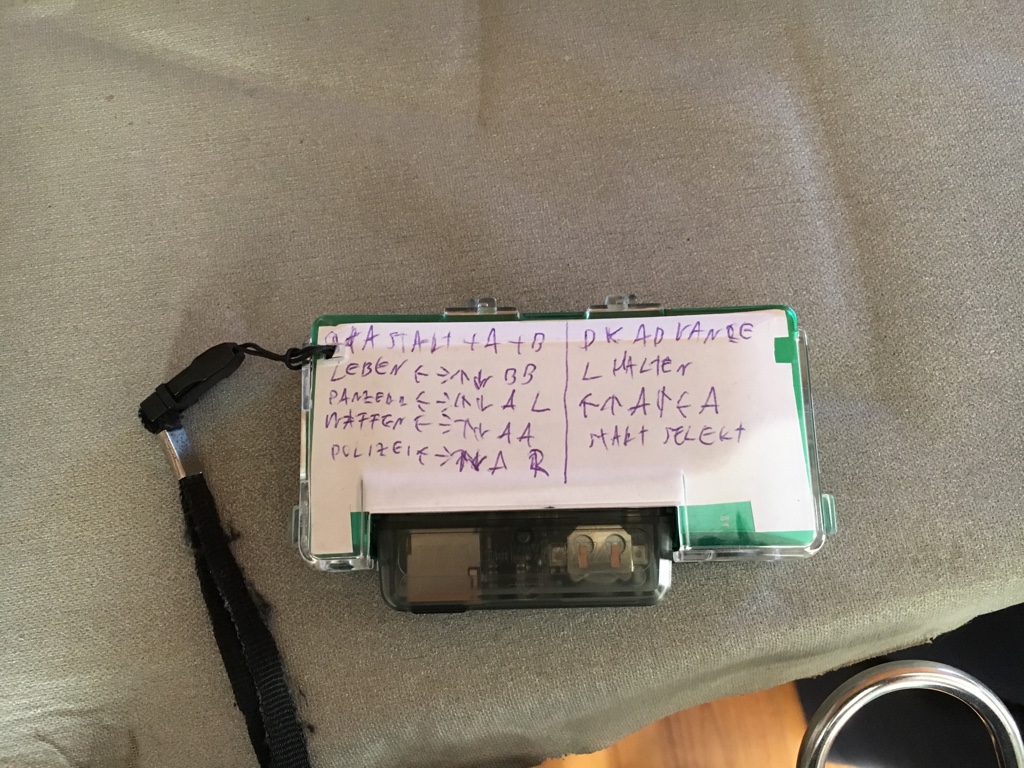A radio works by having a wobbly circuit - one that likes to resonate at a specific frequency. You can control what frequency it resonates at using a big knob, usually connected to a variable capacitor, and you hook it up to an antenna. Something about how strongly it wobbles defines the signal, at least in a simple AM radio or analogue TV. Try emulating that in software, and you experience difficulties quite quickly. I played around with a wobbly program in an experiment with making a digital synth, but was killed by the small mistakes in rounding each number to a fixed precision that computers require, such that I couldn't even get a steady static wave out of it, so I went back to faking my waves using the sin() function.
That's software defined modulation though, and that's relatively pedestrian maths. To do software defined demodulation though, you need complex mathematical tools like fourier transforms and other things I've never even heard of, and that to my mind is the key part of software defined radio, as I understand it. Such things are difficult to do as human beings, and slow even for computers to do. That's why we never saw it on the Pandora as I understand it, because it needs a lot of computing power to be able to do it in real time, so that you can actually tune into a live signal.
Maybe the Pyra will be fast enough to do it. I don't really understand the maths, so don't know why PCs today can do it, but I suspect they're farming bits off to programmable GPUs and other parallel processors that didn't really exist a few years ago, and may still not be there on the Pyra.
But luckily, you really don't need to do any demodulation to act as a digital oscilloscope. You just need to be able to sample the signal and then show it immediately, and to make a really useful live oscilloscope, you'd need to implement triggers, which I think is really a pattern matching problem. I'd hope the Pyra will be able to do that, and perhaps even the Pandora could if anyone had cared to code it all up.
I do see a power supply project as being more difficult to simulate just using software though - when the USB port's only really designed to supply 5 volts, getting it to do anything else with software is pretty much impossible, unless there's a way to trick the firmware into doing something non-standard.



